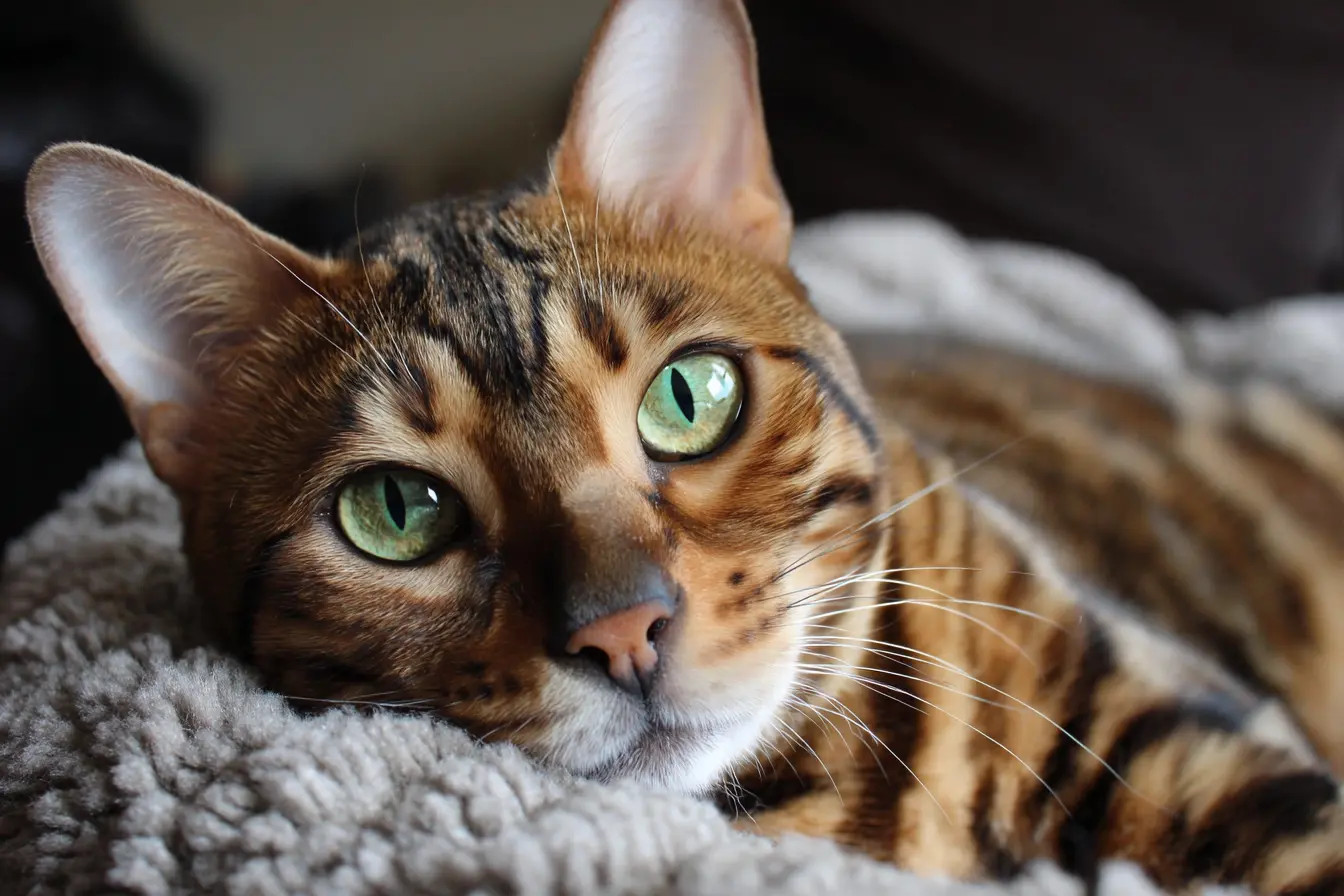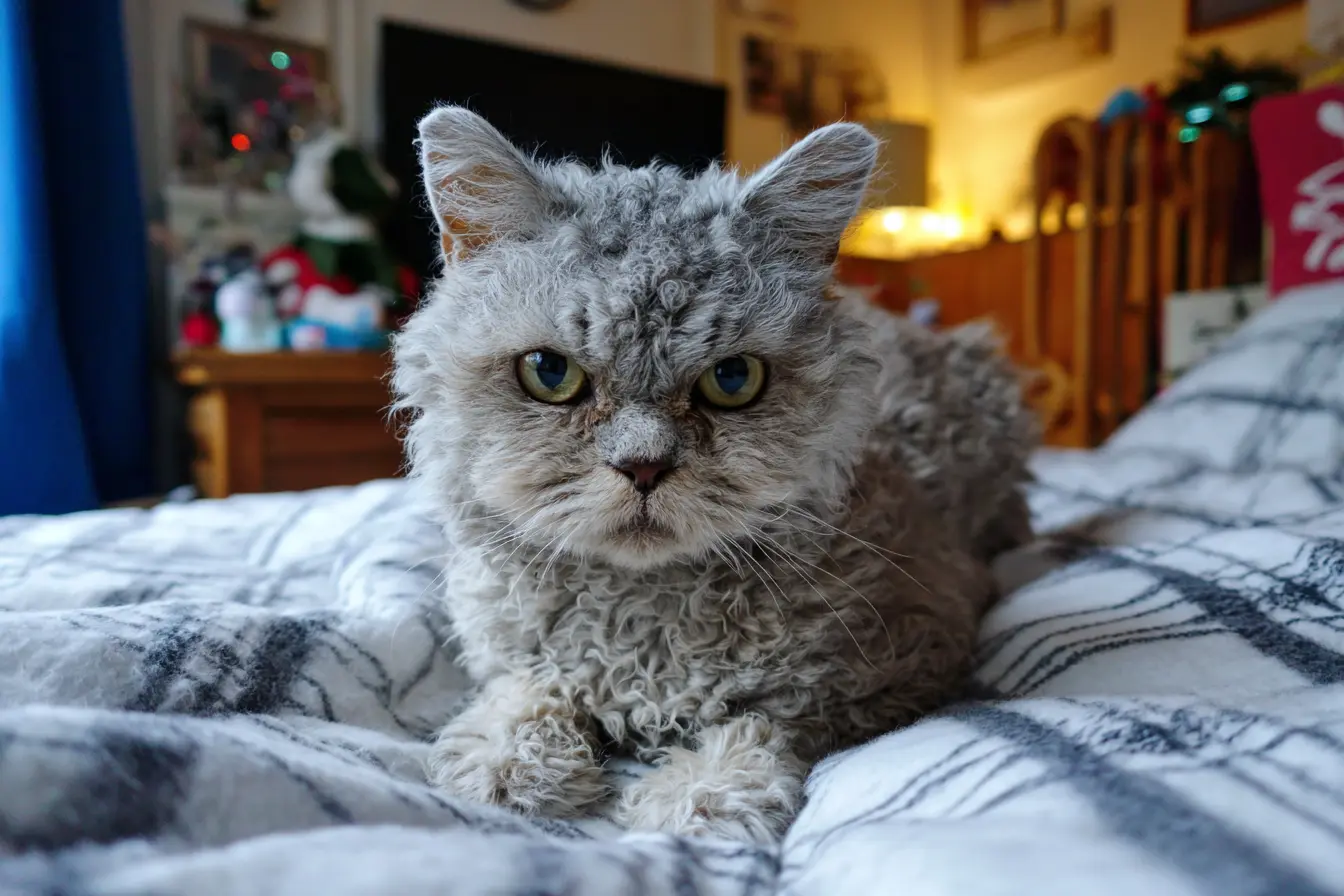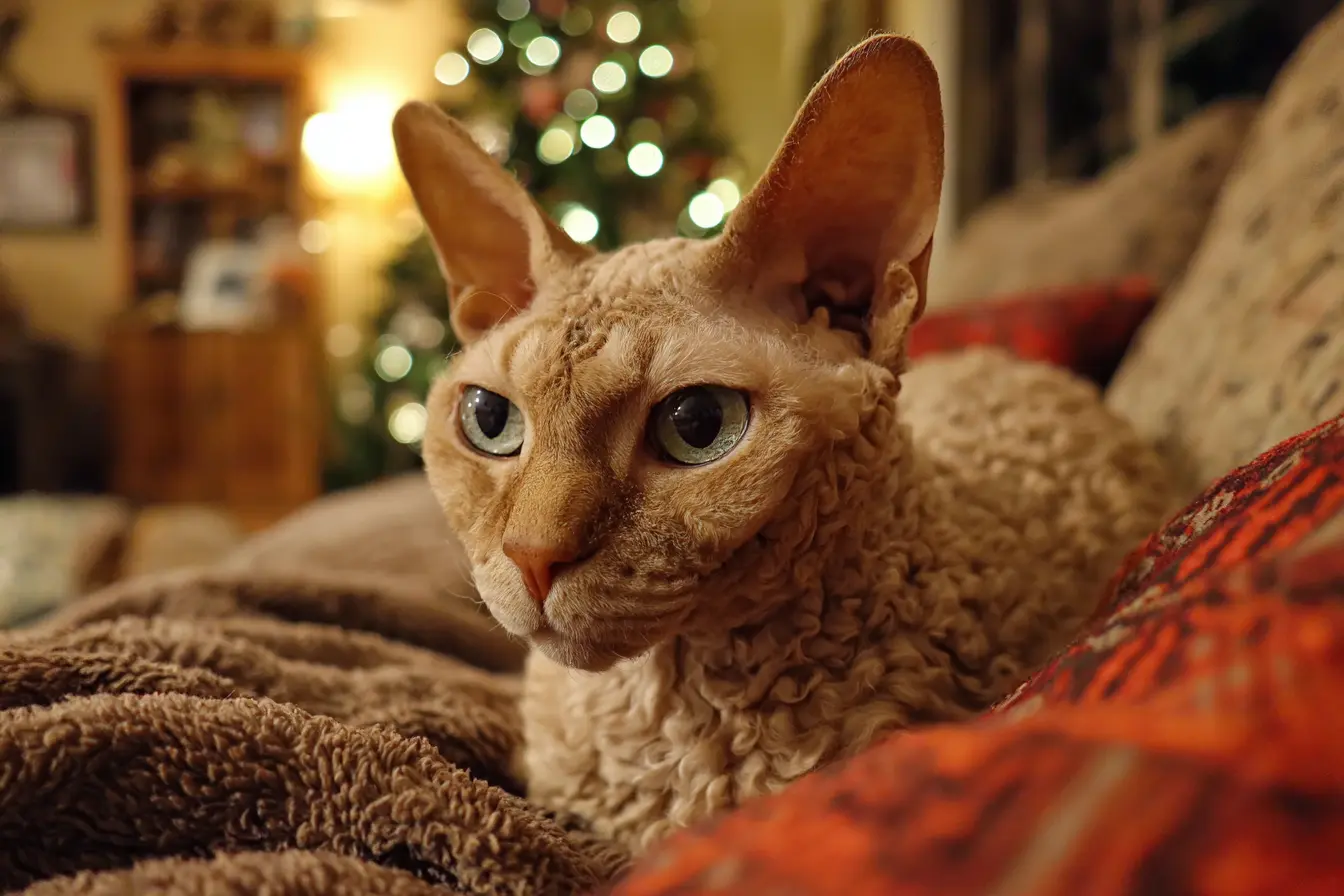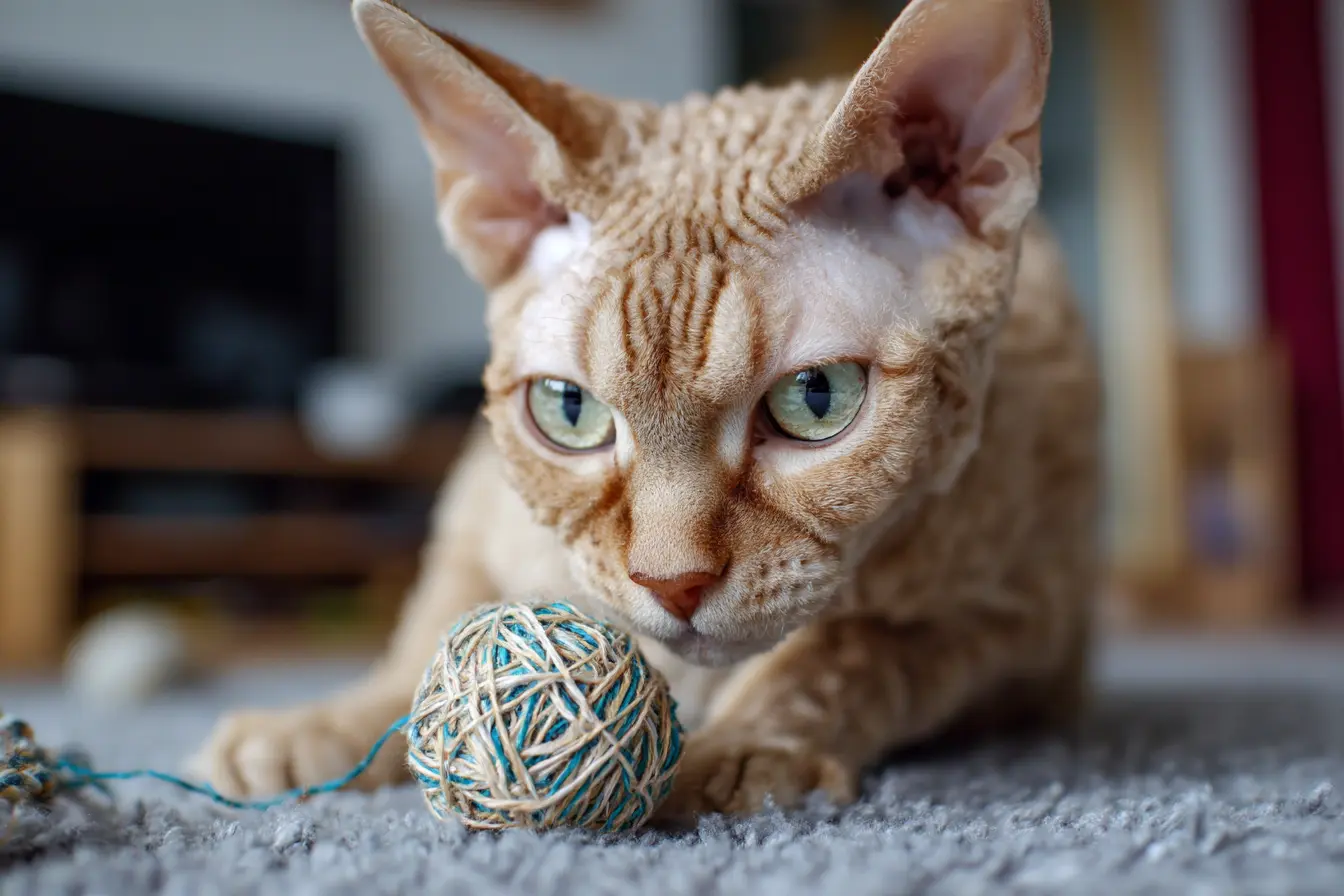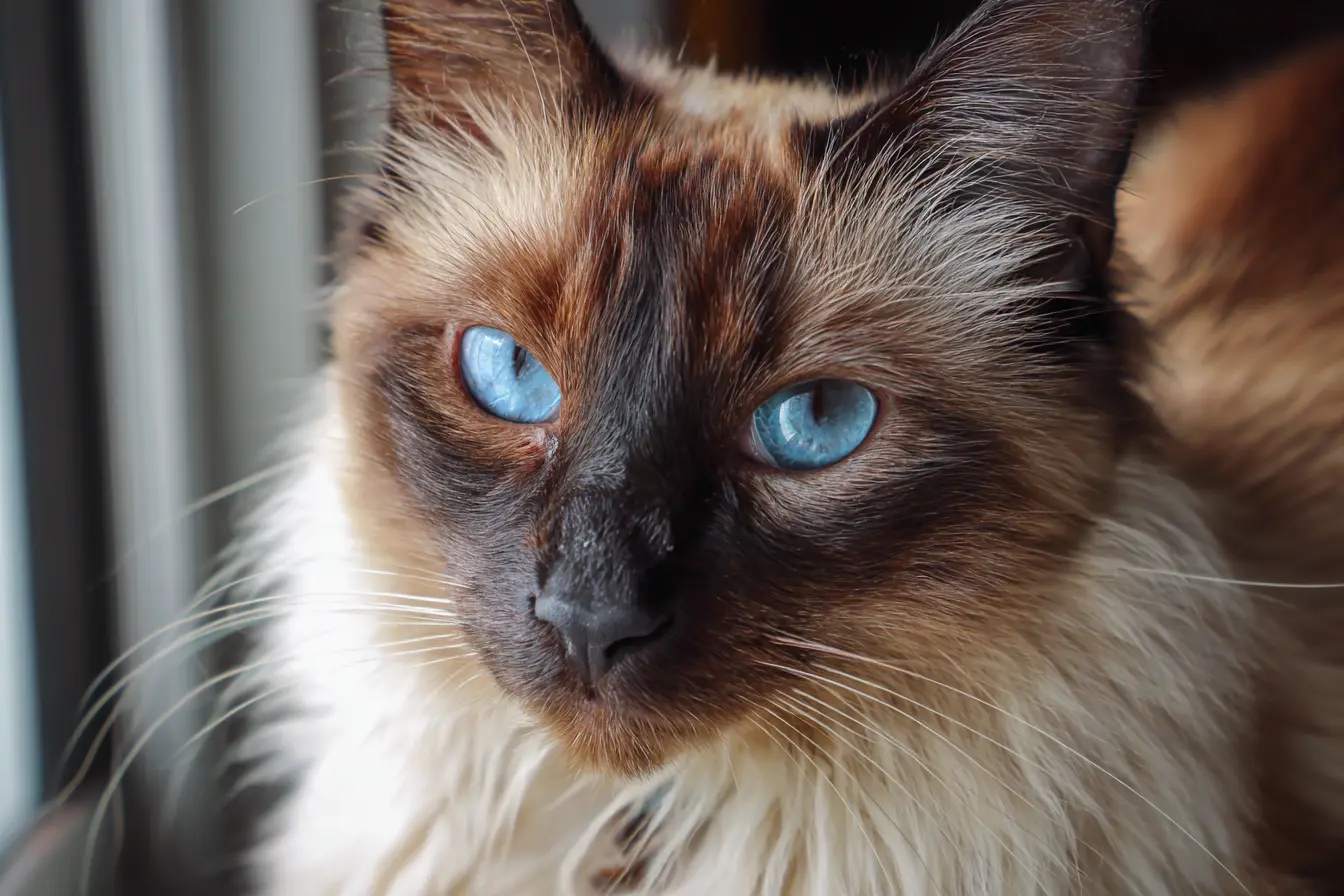
The Balinese Cat: A Graceful Blend of Beauty and Intelligence
Choosing to share your home with a cat is a decision full of promise — for affection, companionship, and many moments of joy. If you're considering a Balinese cat, you're looking at a breed that offers striking elegance, a sharp mind, and a loving nature. Often described as the long-haired cousin of the Siamese, the Balinese brings together beauty and brains in one exceptional feline companion. This guide explores the Balinese cat’s origins, personality, care requirements, and more to help you decide if this breed is the right match for your home.
Breed History and Characteristics
The Balinese cat originated as a natural variation of the Siamese, with the long-haired gene occasionally appearing in Siamese litters. In the mid-20th century, breeders in the United States began selectively breeding these long-haired Siamese cats, eventually establishing the Balinese as a distinct breed. Despite the name, the breed has no direct connection to the island of Bali — it was chosen simply to evoke grace and elegance.
Balinese cats share the same slender, athletic frame as the Siamese. They are medium-sized with long limbs, fine bones, and a distinctive wedge-shaped head. Their most notable features include:
- Sapphire-blue almond-shaped eyes
- Large, pointed ears
- A long, plume-like tail
- A silky, medium-length coat without an undercoat
The coat is soft and flowing, but unlike many long-haired breeds, the Balinese's fur doesn’t mat easily, making them relatively low-maintenance.
Temperament
Balinese cats are known for their affectionate, intelligent, and vocal personalities. They thrive on human companionship and are often deeply bonded with their owners. Much like their Siamese relatives, Balinese cats are talkative and expressive — they won’t hesitate to “chat” with you about their day or demand your attention.
They are curious, playful, and highly social, enjoying interactive games, puzzle toys, and plenty of affection. These cats do not enjoy solitude and prefer to be involved in daily activities, often perching on shoulders or following you from room to room.
Their affectionate nature makes them excellent companions for families, couples, or individuals looking for a devoted and lively feline friend.
Health and Lifespan
Balinese cats are generally healthy and long-lived, with many reaching 15 to 20 years of age. However, they can be prone to some hereditary health conditions similar to those seen in Siamese cats, including:
- Progressive retinal atrophy (PRA)
- Respiratory issues
- Crossed eyes (a cosmetic trait, not harmful)
- Dental problems
To ensure your Balinese kitten starts off healthy, it's important to choose a reputable breeder who tests for genetic conditions. Regular veterinary care, a balanced diet, and good dental hygiene will go a long way in supporting their long-term health.
Care and Grooming
Despite their luxurious appearance, Balinese cats are surprisingly easy to groom. Their coat lacks an undercoat, which means less shedding and reduced risk of matting. A weekly brush is typically enough to keep their coat sleek and clean.
Other grooming routines include:
- Regular dental care
- Nail trimming every couple of weeks
- Occasional ear cleaning
Balinese cats are clean by nature and usually meticulous about their litter tray, so keeping it tidy is appreciated.
Living Environment
Balinese cats are adaptable and can thrive in both flats and larger homes, provided they receive adequate mental and physical stimulation. Because they are so people-focused, they do best in environments where someone is home for much of the day, or where they have the company of another pet.
To keep them happy and healthy, provide:
- Climbing towers and shelves
- Interactive toys and puzzles
- Safe indoor access (or secure outdoor enclosures)
- Plenty of cosy spots to nap near their favourite humans
Training and Socialisation
Balinese cats are exceptionally intelligent and eager to learn. With patience and positive reinforcement, they can be taught to:
- Perform tricks
- Fetch toys
- Walk on a lead
- Use puzzle feeders
Early socialisation helps build their confidence and ensures they remain friendly and outgoing with children, other pets, and guests.
Considerations for Prospective Owners
- Companionship Needs: Balinese cats need regular interaction and may become lonely if left alone for long periods.
- Vocalisation: They are very talkative, which may not suit those who prefer quieter pets.
- Grooming: Moderate grooming needs due to their silky, medium-length coat.
- Energy Level: Active and playful — they need daily stimulation and space to explore.
Conclusion
The Balinese cat is a stunning and affectionate breed that offers the best of both worlds: the personality and intelligence of the Siamese, paired with the elegance of a semi-long-haired coat. Their deep loyalty and playful charm make them an ideal companion for anyone who can offer time, attention, and a loving home.
If you're drawn to the Balinese’s combination of grace, intellect, and affection, this breed could be the perfect fit for your household. Spend time getting to know the breed at a reputable breeder or rescue centre, and remember — adopting a cat is a long-term commitment that will reward you with years of love and companionship.
Vets near you
Speciality vets
- Aquatics vet specialists
- Birds vet specialists
- Camelids vet specialists
- Cats vet specialists
- Cattle vet specialists
- Deer vet specialists
- Dogs vet specialists
- Equines vet specialists
- Exotic vet specialists
- Goats vet specialists
- Pigs vet specialists
- Poultry vet specialists
- Sheep vet specialists
- Small Mammals vet specialists
- Wild vet specialists
